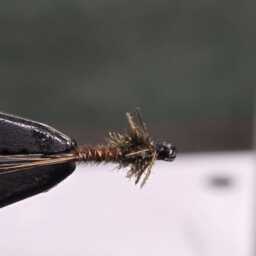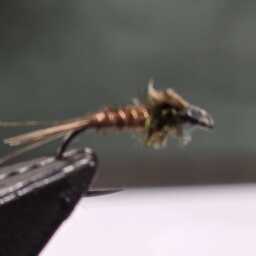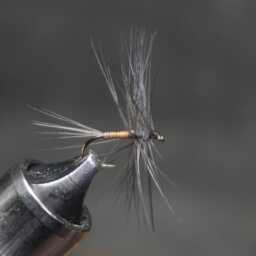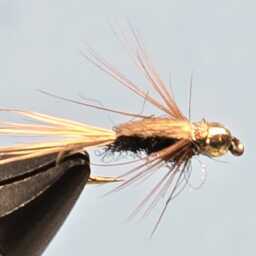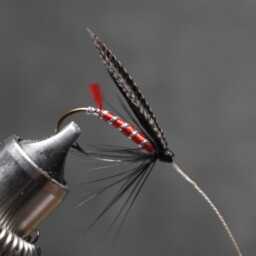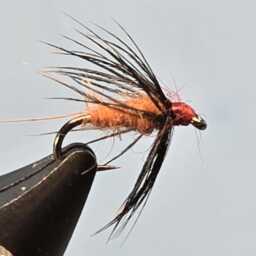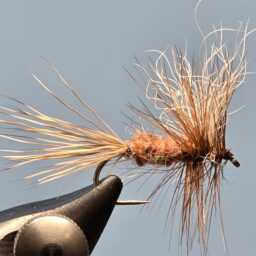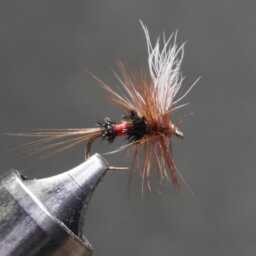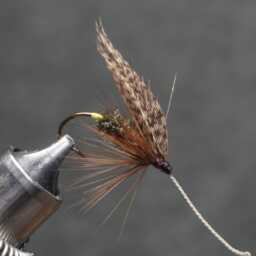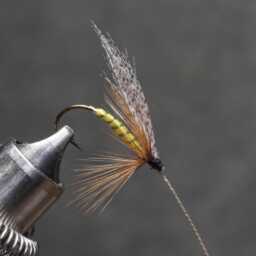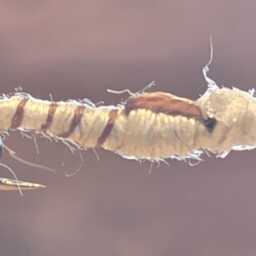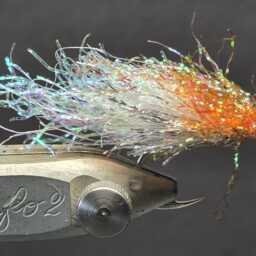Feathers from the ruddy shelduck are commonly used in fly tying to create various types of fishing flies. Some common uses include:
Wet Flies: The soft and mottled feathers are suitable for wet flies, especially those imitating smaller insects or nymphs. They can be used for creating the body or wings of these flies.
Streamers: The feathers’ coloration and texture make them ideal for streamer patterns, particularly those mimicking small baitfish. The feathers can be utilized for constructing wings or adding to the tail of the streamer.
Salmon and Steelhead Flies: The larger feathers are sometimes employed in the creation of salmon or steelhead flies, contributing to the wings or body of these larger flies.
Soft Hackles: The softer feathers from the ruddy shelduck are often used for soft hackle patterns. These can be wound around the fly’s body to create a lively appearance in the water.
Collars and Legs: The feathers can also be used to craft collars or legs on certain dry flies or emergers, providing a natural appearance and movement to these flies when fishing.
The versatility and natural appearance of ruddy shelduck feathers make them a valuable material for various types of fishing flies in fly tying.
Wing feathers are used in the butcher fly and smaller salmon flies.
Description:
The ruddy shelduck, also known as the Brahminy duck in India, belongs to the Anatidae family. It measures 58 to 70 cm (23 to 28 in) in length, with a wingspan of 110 to 135 cm (43 to 53 in). Its distinguishing features include orange-brown body plumage, a paler head, and black tail and flight feathers contrasting with white wing-coverts.
Habitat and Behavior:
These waterfowl are typically found in inland water-bodies like lakes, reservoirs, and rivers. They form lasting pair bonds, nesting away from water in crevices or holes in cliffs, trees, or similar locations. The female incubates a clutch of about eight eggs for roughly four weeks. Both parents care for the young, which fledge about eight weeks after hatching.
Distribution and Conservation Status:
Ruddy shelducks are migratory, wintering in the Indian subcontinent and breeding in southeastern Europe and central Asia. Some small resident populations exist in North Africa. While populations are stable or rising in central and eastern Asia, they are declining in Europe. However, their overall population is large, leading the International Union for Conservation of Nature to classify them as of least concern.
Physical Characteristics:
Males have orange-brown body plumage, a paler head and neck, a narrow black collar separating the head from the body, black rump, flight feathers, and tail-coverts, and iridescent green speculum feathers on the wings. Females are similar but with a paler head and neck and lack the black collar. The bill is black, and legs are dark grey. Juveniles resemble females but are darker. Their color fades with age.
Vocalization:
The ruddy shelduck emits a loud, nasal honking call. There are differences in the calls produced by males and females, and the sounds vary depending on circumstances, whether on the ground or in the air.
« Back to Glossary Index
